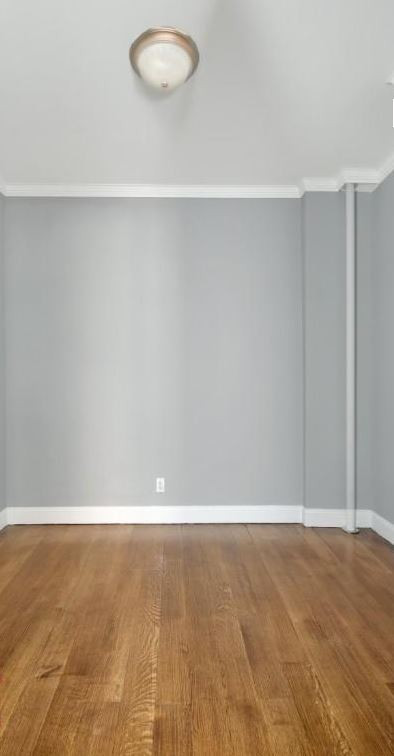The Gramercy neighborhood, located in Manhattan, gets its name from Gramercy Park. Gramercy Park is a private park located between East 20th and 21st Streets at the foot of Lexington Avenue.
The Park is open only to people who live around the park and are given a key to it. However, once a year the public is invited into the park. Gramercy is generally considered to be the area bound by 14th Street, First Avenue and Broadway. The northern boundary of Gramercy meets the Murray Hill section of Midtown in the area of 29th and 30th Street.
Particularly the area surrounding Gramercy Park, Gramercy is perceived as one of Manhattan’s most peaceful and quietest neighborhoods.
The area has a number of beautiful prewar co-ops and townhouses. It is also a difficult neighborhood to find a residence in. With few people moving out, it’s said of Gramercy that “Whoever moves here stays here.” Unfortunately, that also means that newcomers desiring to move into Gramercy will have a tough time finding a place, but it is possible to rent or buy in the area.
In fact, if you find a place in Gramercy you might even have the luxury of owning a Key to Gramercy Park.
The area is also known for the Gramercy Park Hotel, where guests receive a key to the park while staying there, as well as a number of popular restaurants, bars, and establishments that line Irving Place, the thorough fare of Gramercy below the park. The nightlife and cuisine in the Gramercy Park neighborhood is amazing, so you owe it to yourself to at least visit and try it out.
Gramercy History
The area which is now Gramercy Park used to be in the center of a swamp. In 1831 Samuel B. Ruggles, a developer and advocate of open space, suggested the idea for the park as a result of northward growth of Manhattan. He bought the property, which was then a farm called "Gramercy Farm", from James Duane, a descendant of Peter Stuyvesant. To build up the property, Ruggles spent $180,000 to landscape it, draining the swamp and causing about a million horse cart loads of earth to be moved. He then laid out "Gramercy Square", deeding possession of the square to the owners of the 60 parcels of land he previously plotted to surround it, and searched for tax-exempt status for the park, which the Board of Alderman approved in 1832. It had been the second private square developed in the city, following Hudson Square, also known as St. John's Park, which was organized by the parish of Trinity Church. Numbering of the lots began at #1 on the northwestern corner, on Gramercy Park West, and continued counter-clockwise: south down Gramercy Park West, then west to east along Gramercy Park South (East 20th Street), north up Gramercy Park East, and lastly east to west along Gramercy Park North (East 21st Street).





